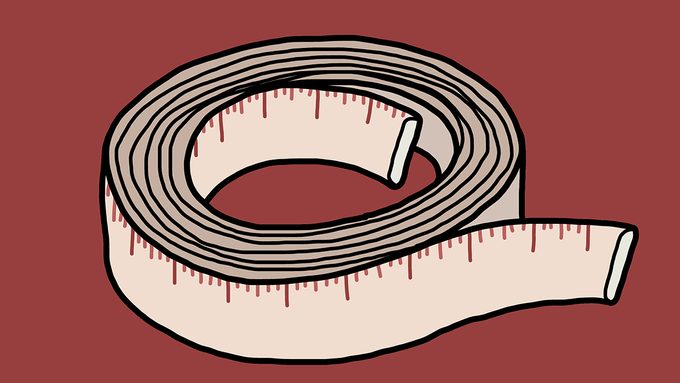Is It Even Worth Measuring Your BMI?
What is the controversy with BMI? Find out if this body-fat measurement tool is worth the effort or if there is a better way to gauge body fat.

What is BMI good for? And should we be using it anymore?
We’ve come to think of body mass index (BMI) as the gold standard in measuring our body fat. But many – including scientists – are wondering about how accurate BMI is and if we should even bother using it at all.
According to an editorial in the journal Science, BMI does not accurately measure the amount and location of body fat (belly fat is more hazardous than fat that is evenly distributed because it surrounds the internal organs) or the proportion of muscle to fat (muscular types may score in the overweight or obese range).
The researchers point to estimates that 24 per cent of adults with a “normal” BMI actually have symptoms of insulin resistance and a higher risk of heart disease because they may have more body fat and less muscle mass. On the flip side, about one in 10 adults with an obese BMI is healthy, possibly because they have a lot of muscle.
And it does not give insight into whether you burn body fat or sugar for energy either.
Here’s what you need to know about BMI
Invented by a Belgian mathematician in the 1800s, BMI is calculated by taking “weight in kilograms divided by the square of height in metres.” It has long been used around the world to assess if body weight falls in the healthy range for their height and as a reliable indicator of body fat.
If your BMI falls between 18.5 and 24.9, your weight is considered to be in the normal range. A result over 25 means you are overweight (25 to 29.9) or obese (30+).
You would expect things to have evolved over the past 200 years. And in some ways it has.
Is it time to say goodbye to BMI?
That depends. BMI is a good tool for policy-makers such as Health Canada when they are assessing whether a large group, like Canadians, is getting fatter, says Dr. Arya Sharma, professor of medicine and chair of obesity research and management at the University of Alberta.
“If you have enough people in a study, BMI does correlate with body fat composition,” says Sharma. “If you calculate BMI in 1,000 people, the group with the highest BMI on average is going to have more body fat. But for individuals, BMI is almost meaningless. You can find two people with exactly the same BMI, but one has 40 per cent body fat and all of the problems associated with being obese and one has 20 per cent body fat and no health problems.”
BMI’s true value is in research, agrees exercise physiology expert Len Kravitz, advisory panel member of CanFitPro, Canada’s largest certification organization for fitness professionals. “With some people, it’s a weak predictor of weight-related health problems.”
Health Canada also recognizes the limitations of BMI for individuals.
When contacted by Best Health, their official stand was that “BMI [should] not be used alone to determine whether an individual is at a healthy weight.”
Additional factors, such as the degree of lean body mass, ethnic background, lifestyle habits, fitness level and other health risks, also need to be considered, according to Health Canada. “Waist circumference may be better able to determine [whether] weight status [particularly overweight, according to BMI] is due to lean body mass versus fat mass.” (Here is the science behind our metabolism, if you are interested.)
So what’s next? How do we accurately measure body fat?
Measures of waist size appear to be more effective.
In fact, A Body Shape Index (ABSI), which measures height, weight and waist circumference, more accurately predicted death in 14,000 people than BMI, according to a 2012 study at the City College of New York. To calculate your ABSI, check out this body fat calculator.
And in a 2012 review of 31 studies, obesity researchers at Oxford Brooks University in Oxford, England, found that waist-to-height ratio (your waist in inches, measured one inch above your belly button, divided by your height in inches) was a better predictor of disease, including cancer, stroke and heart disease, than BMI or waist circumference alone.
Both methods are currently being used in Canada but not to a great extent.
However, says Sharma, these tools still do not tell you whether your stomach fat is the unhealthy kind.
Even a measure of your body fat percentage “determined by a body fat scale or with calipers at your gym” won’t do that. “Like BMI, your percentage of body fat isn’t a good measure of health,” he says. “You can have a higher amount of fat and be perfectly healthy or have less body fat but be unhealthy.”
To find out if you are truly at a healthy weight, get assessed at your doctor’s office via checks on blood pressure, cholesterol and glucose levels and a physical exam to check for health risks related to obesity, such as back pain, acid reflux disease, osteoarthritis and sleep apnea. Says Sharma: “No other tool, whether it’s a scale, measuring tape or BMI calculator, is as effective as that.”
Have you read about the relationship of body weight and fitness? It’s not as simple as you might think.




